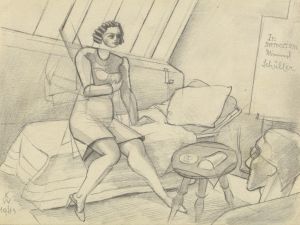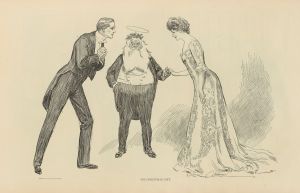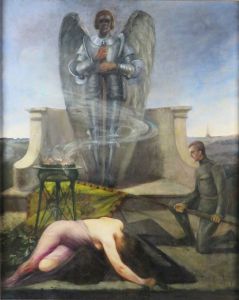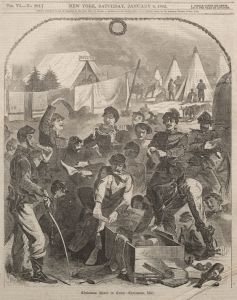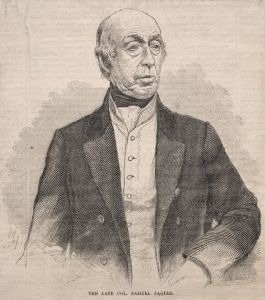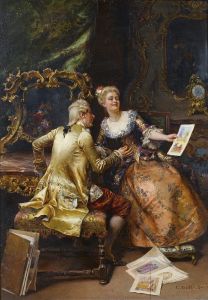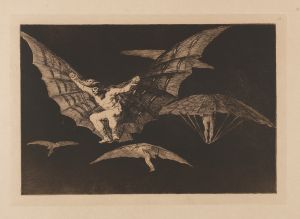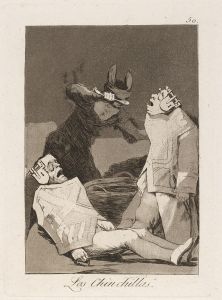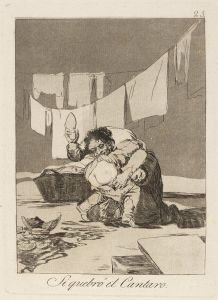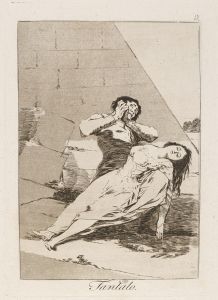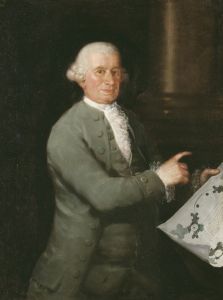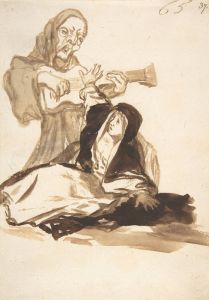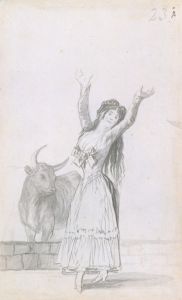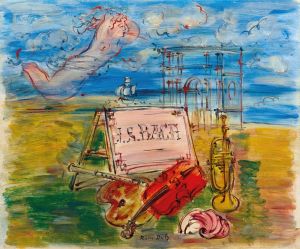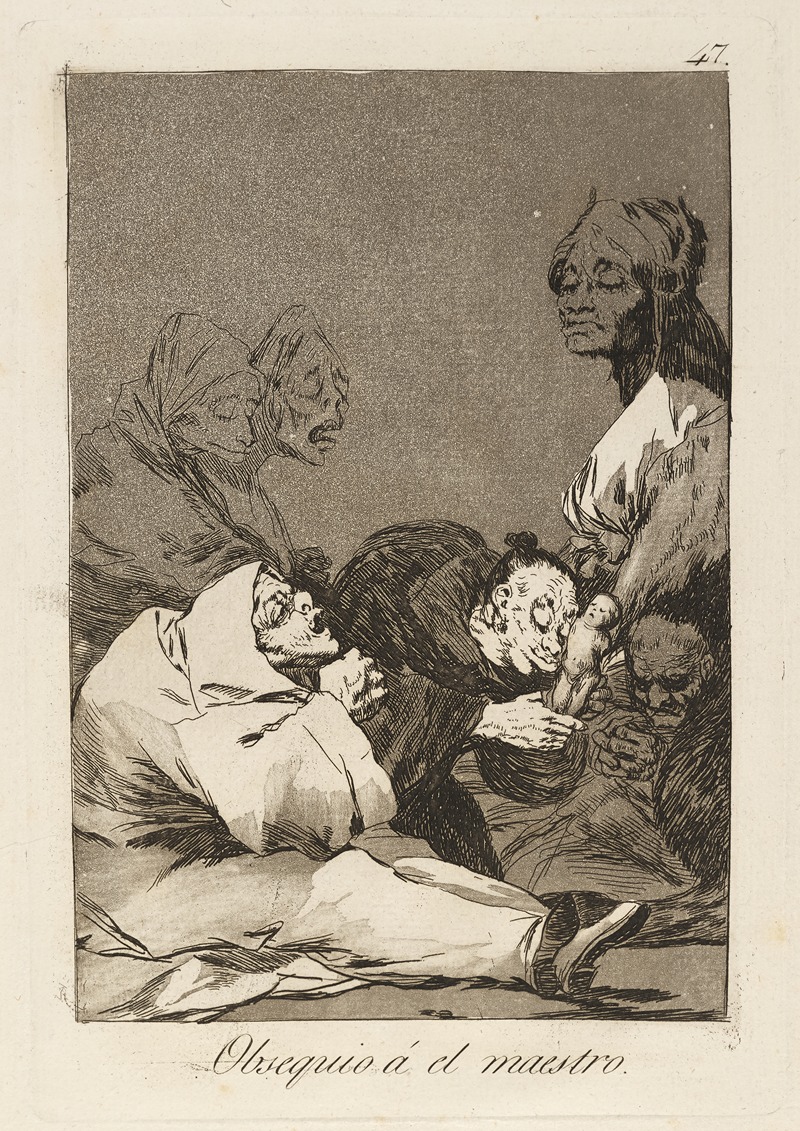
Obsequio á el maestro.
A hand-painted replica of Francisco de Goya’s masterpiece Obsequio á el maestro., meticulously crafted by professional artists to capture the true essence of the original. Each piece is created with museum-quality canvas and rare mineral pigments, carefully painted by experienced artists with delicate brushstrokes and rich, layered colors to perfectly recreate the texture of the original artwork. Unlike machine-printed reproductions, this hand-painted version brings the painting to life, infused with the artist’s emotions and skill in every stroke. Whether for personal collection or home decoration, it instantly elevates the artistic atmosphere of any space.
"Obsequio á el maestro" (translated as "Homage to the Master") is a painting by the renowned Spanish artist Francisco de Goya. Goya, born in 1746 in Fuendetodos, Spain, is widely considered one of the most important painters and printmakers of the late 18th and early 19th centuries. His works span a range of styles and subjects, from portraits of the Spanish aristocracy to dark, haunting depictions of war and human suffering.
"Obsequio á el maestro" is part of Goya's extensive body of work, which includes paintings, drawings, and prints. The painting is notable for its detailed composition and the use of light and shadow, which are characteristic of Goya's mature style. The title suggests that the painting is a tribute or homage to a master, though the specific identity of the master in question is not definitively known.
Goya's career was marked by his ability to capture the essence of his subjects, often with a critical eye towards the social and political issues of his time. He served as a court painter to the Spanish Crown, producing portraits of King Charles IV and other members of the royal family. Despite his official position, Goya's work often contained subtle critiques of the aristocracy and the church.
The painting "Obsequio á el maestro" reflects Goya's skill in portraiture and his interest in the human condition. The composition likely includes figures that are rendered with a high degree of realism, a hallmark of Goya's technique. His use of chiaroscuro, the contrast between light and dark, adds depth and drama to the scene, drawing the viewer's attention to the central figures.
Goya's later years were marked by personal and political turmoil. He suffered from a severe illness that left him deaf, and he lived through the Peninsular War, which deeply affected his outlook on humanity. These experiences influenced his later works, which became increasingly dark and introspective.
"Obsequio á el maestro" is a testament to Goya's enduring legacy as a master of his craft. His ability to convey complex emotions and social commentary through his art has left a lasting impact on the world of painting. Today, Goya is celebrated not only for his technical prowess but also for his ability to capture the spirit of his age.
The painting is part of Goya's broader oeuvre, which includes famous works such as "The Third of May 1808," "Saturn Devouring His Son," and the series of etchings known as "Los Caprichos." These works continue to be studied and admired for their artistic innovation and their profound commentary on human nature and society.
In summary, "Obsequio á el maestro" by Francisco de Goya is a significant work that exemplifies the artist's mastery of portraiture and his ability to infuse his paintings with deeper meaning. Goya's contributions to art history remain influential, and his works are celebrated for their technical brilliance and their insightful exploration of the human condition.





